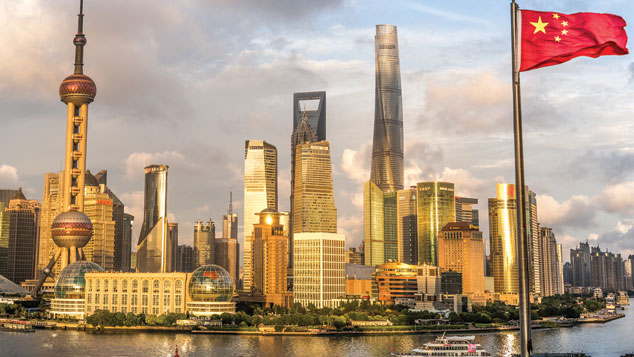
Improving prospects for global growth following Donald Trump’s election gave commodities a boost last autumn. But now the trend has reversed. The Bloomberg Commodities index of 22 futures has slipped back to a five-month low. Metals have been especially weak, with iron ore at a half-year trough. The culprit is the key driver of demand: China. Growth hit 6.9% in the first quarter of 2017, the fastest pace in three years, but momentum is beginning to sag. The latest surveys point to a slowdown, while bank lending growth has been ebbing for some time, with the central bank draining liquidity from the system to temper the credit boom, says the Financial Times.
Beijing’s longer-term aim is to engineer a soft landing from a credit binge that has propelled private debt to 210% of GDP. That’s almost as much as Japan before its bubble burst. Yet early last year, partly because of market jitters over a potentially sharp slowdown, it put its foot back on the accelerator. Markets duly calmed down. But China is loath to stimulate any more than it has already, given the need to wean the economy off credit. The stimuli have flowed straight into property markets and fixed-asset investment.
The hope is that services and households will gradually strengthen and become the main growth drivers, but the first quarter’s data suggests that isn’t happening yet, says Pete Sweeney on BreakingViews.com. We won’t know for some time whether Beijing’s strategy succeeds. But now that the cycle is turning, another global panic over a slump in Chinese growth, and an accompanying slide in the currency, could soon put discussion of any Trump stimuli plans on the back burner.